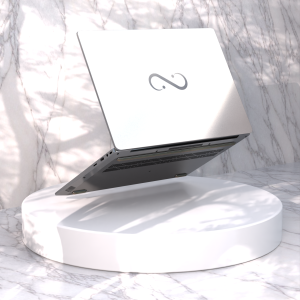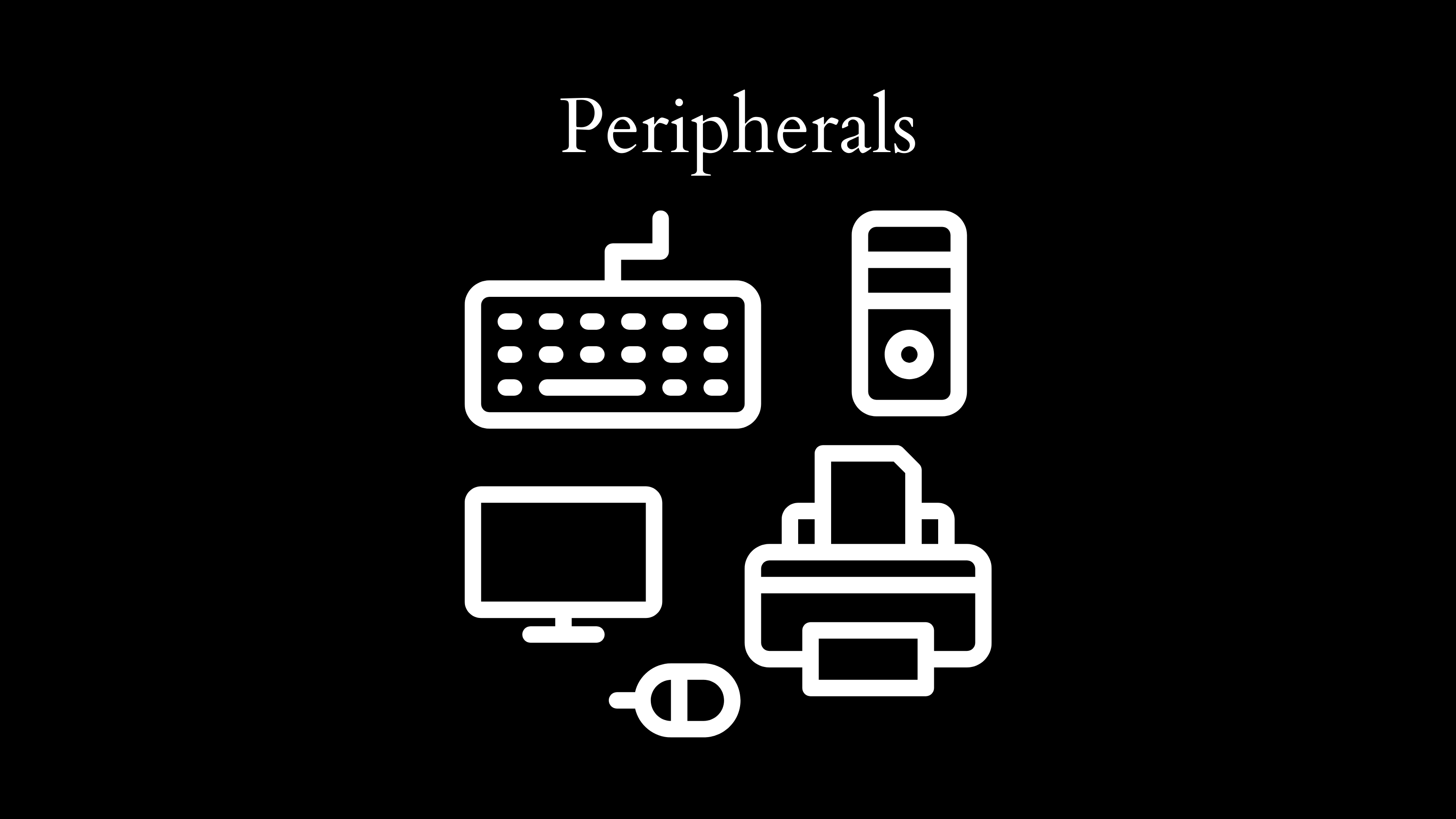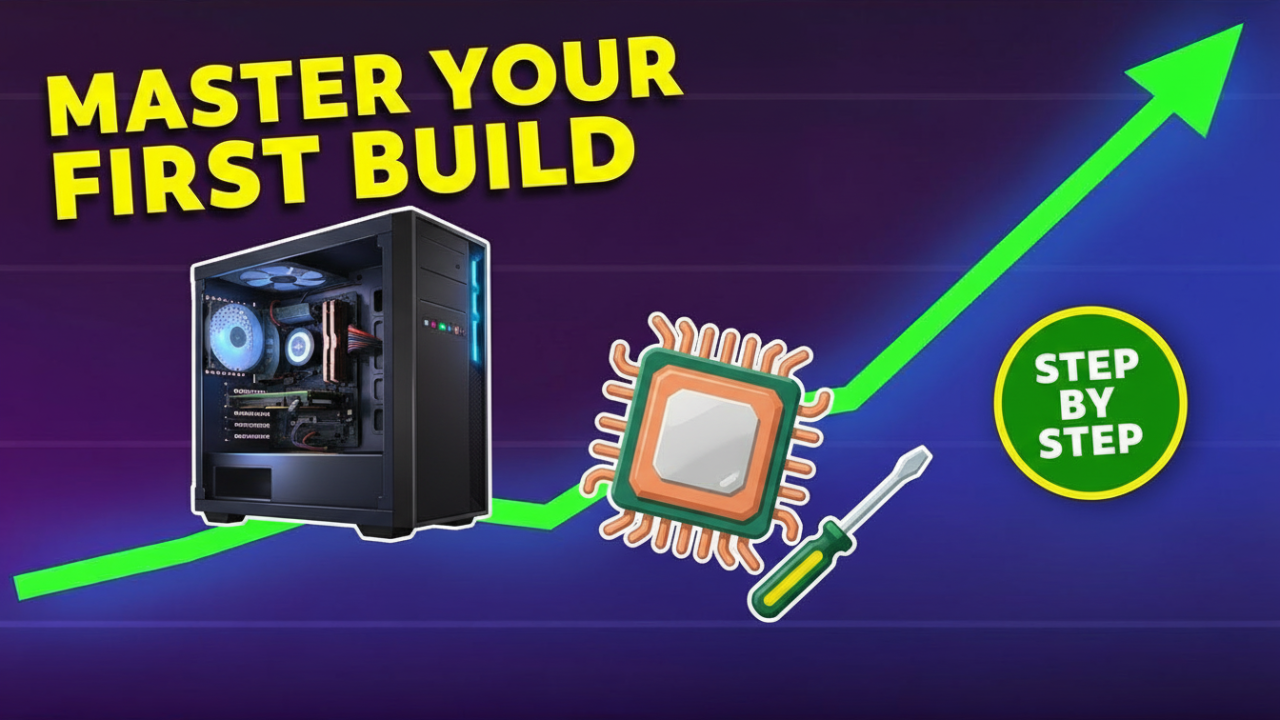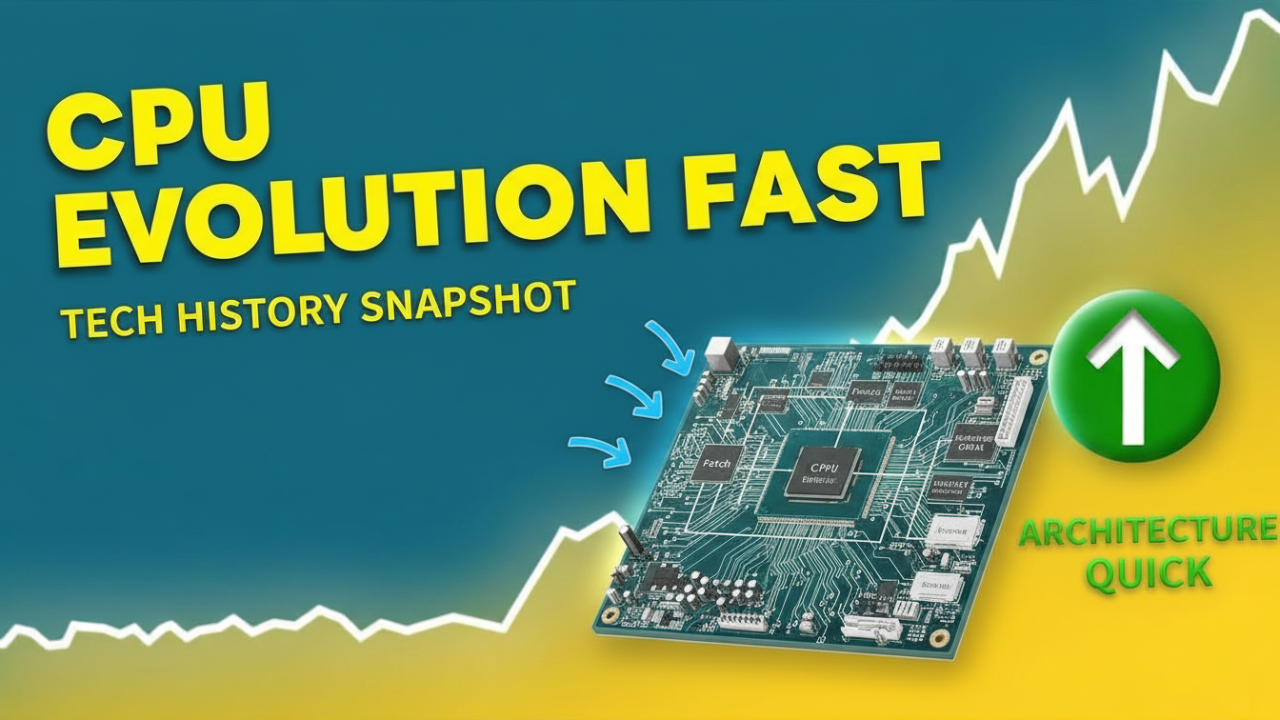Understanding Peripherals: Enhancing Your Computing Experience
In the realm of technology, peripherals are essential components that extend the functionality of computers and enhance user experience. They encompass a wide range of devices and accessories, each designed to facilitate interaction with computers, improve productivity, or provide entertainment. In this blog post, we will explore the various types of peripherals, their significance, and how they can transform the way we work, communicate, and enjoy digital content.

What Are Peripherals?
Peripherals refer to external devices that connect to a computer to either input data into it or output data from it. They can be divided into three main categories: input devices, output devices, and storage devices. Each category serves distinct purposes and is essential for specific tasks.
1. Input Devices
Input devices are hardware components that allow users to enter data and commands into a computer. They include the following:
- Keyboard: The keyboard is perhaps the most common input device, enabling text input, command execution, and data manipulation through key presses. Keyboards come in various layouts, including mechanical, membrane, and ergonomic designs.
- Mouse: A mouse provides a graphical interface for users to navigate and interact with the computer’s operating system. With various types, such as optical, laser, and trackball mice, users can choose based on their preferences and tasks.
- Touchscreen: Employed in laptops, tablets, and smartphones, touchscreens allow users to interact with graphical interfaces directly using their fingers, enhancing accessibility and ease of use.
- Scanner: Scanners convert physical documents into digital formats, making it easier to store, share, and edit files. Various types of scanners include flatbed, sheet-fed, and handheld variants.
- Microphone: With rising applications in voice recognition and communication, microphones have become integral input devices. They are utilized in video conferencing, voice commands, and content creation.
- Game Controllers: For gaming enthusiasts, specialized input devices such as game controllers and joysticks provide an enhanced gaming experience, offering precise control and immersive interaction.
2. Output Devices
Output devices are hardware components that receive data from a computer and convey it to the user. They include:
- Monitor: The monitor serves as the primary visual display for computers, presenting information in graphical form. Options range from standard LCD and LED screens to high-resolution 4K displays and curved monitors.
- Printer: Printers produce physical copies of digital documents and images. They come in various types, including inkjet, laser, and dot matrix printers, catering to different printing needs and volumes.
- Speakers: Audio output devices like speakers and headphones enable users to experience sound from movies, music, and games. With advancements in technology, users can select from a range of options like stereo speakers, surround sound systems, and wireless headphones.
- Projector: Projectors allow users to display content onto larger surfaces, making them ideal for presentations, home theaters, and educational settings.
3. Storage Devices
Storage devices are crucial peripherals that allow users to save and access data. They include:
- External Hard Drives: These devices provide additional storage space and are particularly useful for backups and transferring large amounts of data.
- USB Flash Drives: Compact and portable, USB flash drives enable users to store and transfer files easily, making them indispensable for both personal and professional use.
- Cloud Storage: Though not a physical peripheral, cloud storage services allow users to store data online, offering accessibility from any internet-enabled device and safeguarding against data loss.
The Role of Peripherals in Modern Computing
The importance of peripherals cannot be overstated. They play a vital role in enhancing productivity, creativity, and entertainment. Here are some of the ways in which peripherals contribute to the modern computing experience:
Enhanced Productivity
In today’s fast-paced work environments, efficiency is paramount. Dual-monitor setups allow users to multitask effectively, providing the ability to view multiple applications simultaneously. Input devices like ergonomic keyboards and mice reduce strain during long hours of work, fostering productivity while prioritizing health.
Improved Communication
With the rise of remote work and global connectivity, peripherals have become essential for seamless communication. Tools such as high-definition webcams, microphones, and headsets enhance video conferencing experiences, making virtual meetings more effective and engaging.
Creative Expression
For artists, designers, and content creators, specialized peripherals such as graphic tablets and styluses provide unparalleled precision in digital art and design. Advanced audio equipment aids musicians and podcasters in producing high-quality sound recordings, allowing them to focus on creativity without hinderance.
Gaming Experience
The gaming industry is a significant driver of peripheral innovation. From high-refresh-rate monitors that deliver smooth visuals to customizable gaming mice that enhance in-game performance, the right peripherals can significantly elevate the gaming experience. Virtual reality headsets offer immersive experiences that transport players into fantastical realms.
Security and Backups
Data security is increasingly important, and peripherals such as external hard drives and NAS (Network Attached Storage) devices offer users secure backup options to safeguard their information. Employing biometric devices such as fingerprint scanners enhances security protocols, ensuring that sensitive data remains protected.
Choosing the Right Peripherals
When selecting peripherals, users should consider their specific needs and preferences. Here are some factors to keep in mind:
- Compatibility: Ensure that peripherals are compatible with your operating system and hardware specifications. Some devices may require specific drivers or software for optimal performance.
- Ergonomics: Especially for those who spend long hours at their computers, investing in ergonomic devices can help reduce strain and enhance comfort.
- Performance: For gaming and graphic design, performance features such as DPI settings (for mice), refresh rates (for monitors), and print resolution (for printers) can significantly influence experience and output quality.
- Portability: Consider your lifestyle. For users who frequently travel, lightweight and compact peripherals such as foldable keyboards and portable monitors may be ideal.
- Budget: Finally, weigh the cost against the functionality and life expectancy of the device. Sometimes, investing in higher-quality peripherals can save money in the long run due to durability and advanced features.
Conclusion
Peripherals are indispensable companions in our daily computing activities, providing us with the means to interact with technology in diverse ways. As technology continues to evolve, the demand for innovative peripherals will only increase, shaping the way we work, communicate, and create. By understanding the various types of peripherals and their roles, users can make informed decisions that enhance their computing experience, ultimately leading to greater productivity and satisfaction in their digital endeavors. Whether you are a professional, a gamer, or a casual user, the right peripherals can make all the difference in your interaction with technology.
Shop Now






